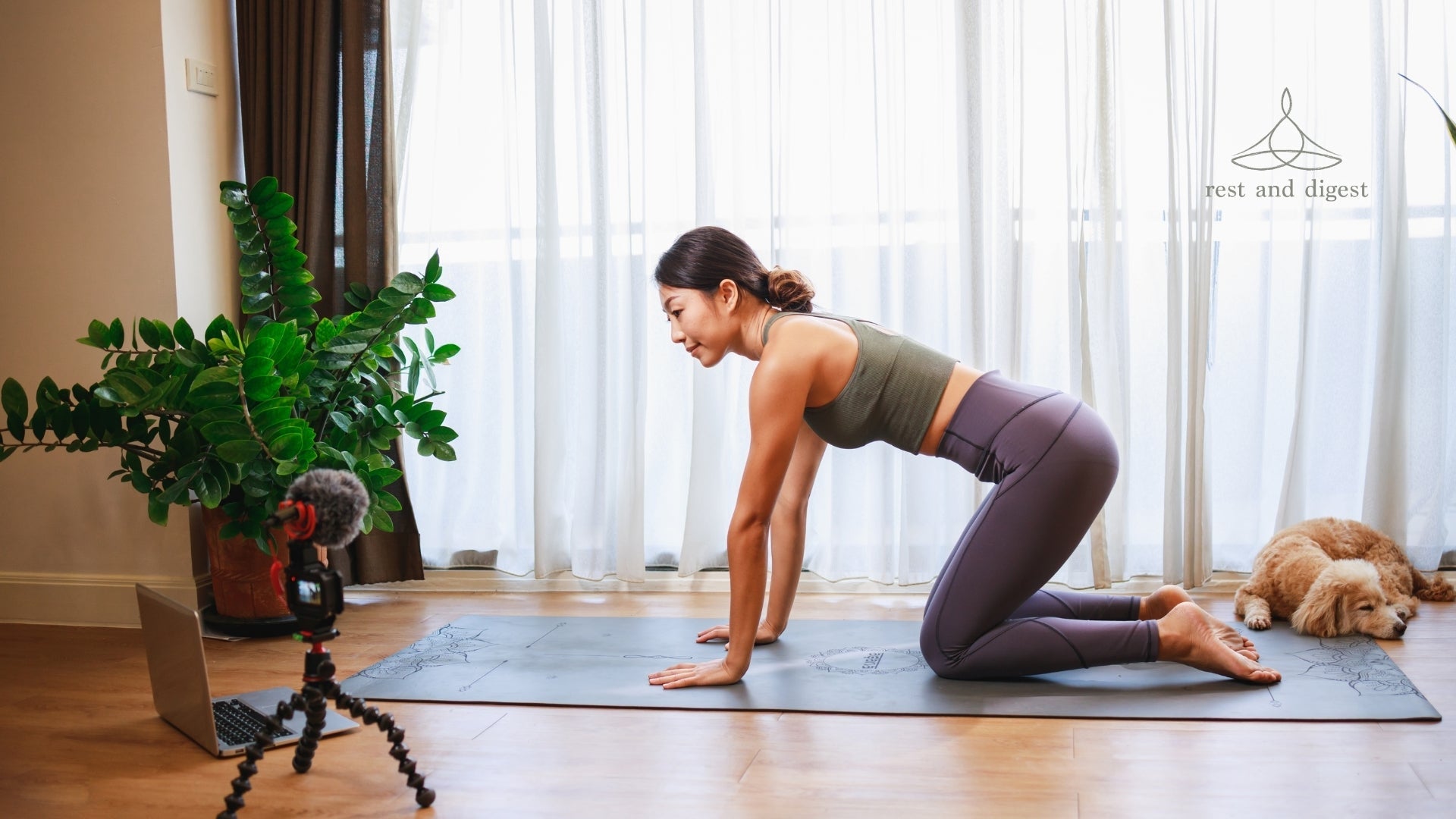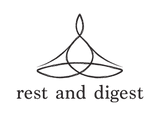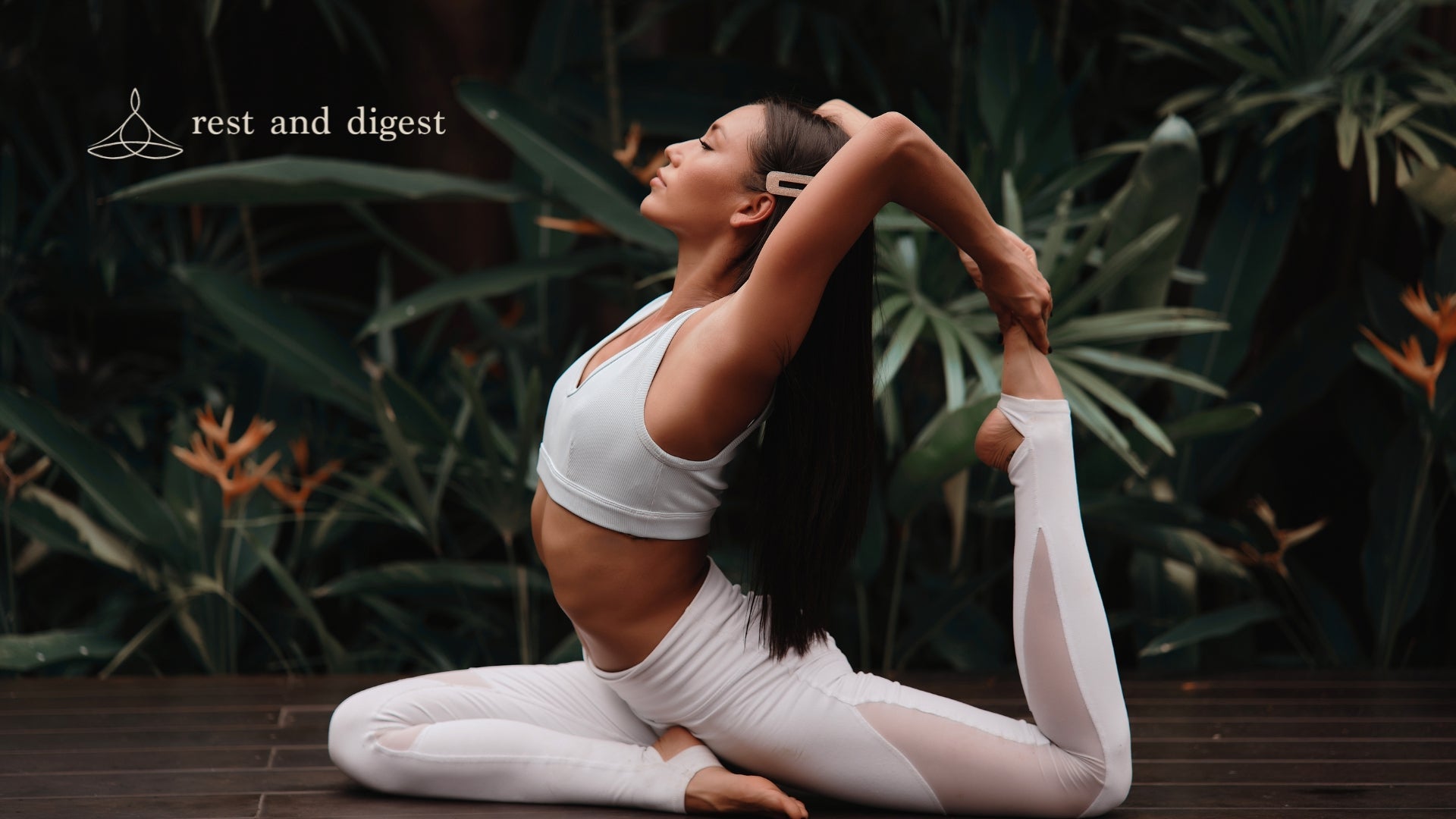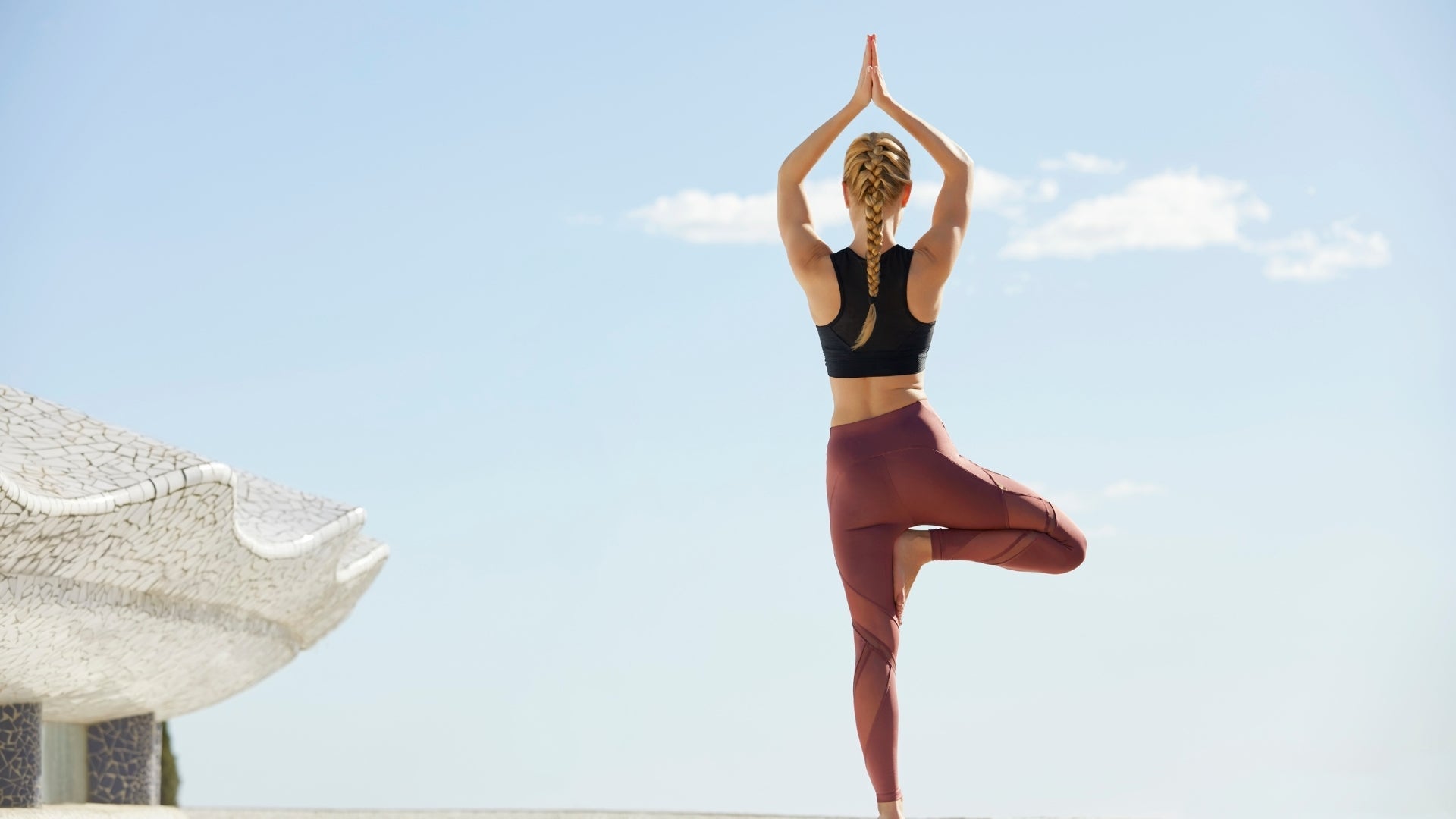
How to Become a Yoga Instructor in Australia
Yoga, which originally started as a spiritual practice in the remote mountains of India, has come to be well known as an international favorite wellness activity associated with peacefulness, balance, and self-realization. It is more popular than ever in Australia where it is seen as a way of finding stillness and strength amidst our bustling schedules. For those who love and understand the many benefits yoga offers and aspire to teach it to others, taking this route will be highly rewarding. It calls for hard work, training, and a lot of excitement.
This guide on how to become a yoga instructor in Australia will assist you in your journey to become a yoga teacher; making it easy for people who wish to take their yoga from practice to sharing.
Yoga Teaching Landscape in Australia
The yoga teaching landscape in Australia is diverse and vibrant, mirroring the various traditions and schools of yoga that have found a home on its shores. Two major bodies regulate and set standards for yoga education and practice - Yoga Alliance and Yoga Australia.
Yoga Alliance
Yoga Alliance is globally recognized as a non-profit organization that sets the standards for training yoga teachers. The road to becoming a certified yoga instructor per Yoga Alliance’s standards is a rigorous and involved process. It begins with you selecting a Registered Yoga School (RYS) that offers either a 200-hour or 500-hour program. The former serves as the base level and minimum requirement while the latter entails a more comprehensive study.
As required by Yoga Alliance, both programs cover five instructional categories with a set number of hours in each. These include Techniques, Training, and Practice (asanas, pranayama, etc) Teaching Methodology (lesson planning, ethics, etc) Anatomy and Physiology, Yoga Philosophy, Lifestyle, and Ethics for Yoga Teachers as well as Practicum (student teaching under the guidance of a qualified instructor).
Yoga Australia
In Australia, Yoga Australia is the leading organization in the yoga industry, providing certification and professional support for yoga instructors and schools. The Association has a two-tier membership process that starts with Provisional Membership and eventually advances to Full Membership.
This pathway needs to be completed through a yoga teacher training program that complies with Yoga Australia’s standards which are similar to those of Yoga Alliance. After you have met the required training hours, documented your teaching and studying hours, and gained experience as a yoga instructor, you can apply for Full Membership.
Independent Yoga School Certifications
Apart from these major organizations, there are also independent or traditional yoga schools with their own system of certification. While these routes may not provide international recognition at the same level, they usually come with specialized training along with small-sized classes thus making them more intimate learning places.
The Significance of Certification
Certification in yoga teaching is only the first step in mastering how to become a yoga instructor in Australia. Besides, being honored by acquiring the title; it’s also about demonstrating devotion, competency, and adherence to professional ethics. Beyond increasing employability chances and providing legal cover, certification supports personal growth while deepening one's understanding of yoga philosophy and practice.
When individuals choose to embark on a program leading towards certification they are embarking on an ongoing process of self-discovery that enhances both their personal practices and teaching skills. Moreover, certification promotes trust among students thereby opening up opportunities for employment within fitness studios or health and wellness centers representing a broader range of interests.
Finding the Perfect Yoga Teacher Training (YTT) Program
Your selection of the YTT program is a game changer; it forms the basis on which your teaching career will be built. To make the right choice, you should consider factors such as accreditation, curriculum, experience and background of lead teachers, and format of teaching.
A well-structured syllabus incorporating yoga science and philosophy, anatomy and physiology, teaching methodologies that resonate with you, and enough opportunities to practice teaching is essential. It is also worth noting their trainers’ expertise which influences your learning process as well as providing invaluable mentorship.
Putting Theory into Practice
So, how to become a yoga instructor in Australia after certification? Start with offering free classes to friends or family members, volunteering in local community centers, or finding an experienced yoga teacher for mentoring could be helpful. Gaining experience helps you use what you have learned in a real-life situation, develop your own style of teaching, and grow in confidence about how well you teach.
Think about applying for entry-level positions as corporate wellness programs for businesses that include yoga studios; gyms or fitness centers are other possible options for consideration.
Keep Growing and Nurturing Your Skills
Becoming a yoga teacher doesn’t mean that you stop learning; it also means there are always new areas to develop, such as skills, techniques, and philosophies. You should consider attending workshops, taking high-level courses, or specializing in the field of your interest like children’s yoga, yoga for seniors, beginner's yoga or even prenatal yoga.
Continuous commitment to learning promotes your expertise hence ensuring you offer the best advice to your students. This is driven by Yoga Australia which maintains its member registrations through continuous development.
FAQs
Can I teach yoga in Australia without being certified?
Although technically possible, it’s always a good idea to become certified. Having certification makes you more of a trustworthy person because of enhancing teaching skills and performing safely. The certificate has become a preference for many employers who would want candidates with some sort of training and experience as well as some clients who feel comfortable with trainees who have qualified.
What are the skills needed to become a yoga instructor in Australia?
Typically, a good yoga teacher is patient, empathetic, and an active listener. They communicate effectively, exhibit clear demonstrations of poses, and provide adjustments accordingly depending on students’ level of performance abilities. This might also reveal their dedication towards personal wellness in most cases.
How much does it cost to become a yoga instructor in Australia?
The cost of yoga teacher training programs in Australia can vary widely depending on factors such as the duration, location, and reputation of the school. On average, a 200-hour training program can cost anywhere from $2000 to $5000 while a 500-hour program may range from $3000 to $8000 or more.
How much can I expect to earn as a yoga instructor in Australia?
Earnings for yoga instructors in Australia can vary depending on factors such as location, experience, qualifications, and the type of classes or services offered. According to industry reports, yoga instructors in Australia typically earn between $30 to $80 per hour, with the potential for higher earnings for specialized classes, private sessions, or corporate contracts.
Should yoga teachers have insurance?
Insurance is not compulsory if you are teaching privately but some employers require the instructor to have professional indemnity as well as public liability insurance. This ensures that they are secured against claims that result in injury or destruction during a class. You might also want to look into this type of protection as a private teacher since you’re susceptible to the same risks.
Wrapping Up
By now, you should have a fair idea of how to become a yoga instructor in Australia. The process can be just as difficult and twisted as some postures you will find in yoga. It is about making a commitment to knowledge throughout life and sharing knowledge with others about these ancient practices while guiding learners inwardly deep within themselves.





